| Li Auto L6 |
| Model name |
Li Auto L6 2024 Pro Edition |
Li Auto L6 2024 Max Edition |
| Basic information |
| Manufacture |
Li Auto |
Li Auto |
| Level |
Medium to large SUVs |
Medium to large SUVs |
| Energy type |
Extended-Range |
Extended-Range |
| Time to market |
2024.04 |
2024.04 |
| Electric motor |
Extended range 408 horsepower |
Extended range 408 horsepower |
| Pure electric range (km) Ministry of Industry and Information Technology |
182 |
182 |
| Pure electric range (km) CLTC |
182 |
182 |
| Pure electric range (km) CLTC |
212 |
212 |
| Comprehensive range (km) WLTC |
1160 |
1160 |
| Comprehensive range (km) CLTC |
1390 |
1390 |
| Charging time (hours) |
Fast charging for 0.33 hours, slow charging for 6 hours |
Fast charging for 0.33 hours, slow charging for 6 hours |
| Fast charging capacity (%) |
20-80 |
20-80 |
| Maximum power (kW) |
300(408Ps) |
300(408Ps) |
| Maximum torque (N · m) |
529 |
529 |
| Transmission |
Electric vehicle single speed gearbox |
Electric vehicle single speed gearbox |
| Length x width x height (mm) |
4925x1960x1735 |
4925x1960x1735 |
| Body structure |
5-door 5-seater SUV |
5-door 5-seater SUV |
| Maximum speed (km/h) |
180 |
180 |
| Official acceleration time per 100 kilometers (s) |
5.4 |
5.4 |
| WLTC combined fuel consumption (L/100km) |
0.72 |
0.72 |
| Power consumption per 100 kilometers (kWh/100km) |
21.1kWh |
21.1kWh |
| Electricity equivalent fuel consumption (L/100km) |
2.39 |
2.39 |
| Minimum State of Charge Fuel Consumption (L/100km) |
6.9 |
6.9 |
| Minimum State of Charge Fuel Consumption (L/100km) WLTC |
6.9 |
6.9 |
| Vehicle warranty period |
5 years or 100000 kilometers |
5 years or 100000 kilometers |
| Vehicle body |
| Length (mm) |
4925 |
4925 |
| Width (mm) |
1960 |
1960 |
| Height (mm) |
1735 |
1735 |
| Wheelbase (mm) |
2920 |
2920 |
| Front wheelbase (mm) |
1696 |
1696 |
| Rear wheelbase (mm) |
1704 |
1704 |
| Body structure |
SUV |
SUV |
| Number of car doors |
5 |
5 |
| Door opening method |
Swing door |
Swing door |
| Seating capacity (number) |
5 |
5 |
| Curb weight (kg) |
2330 |
2345 |
| Full load mass (kg) |
2820 |
2820 |
| Fuel tank volume (L) |
60 |
60 |
| Electric motor |
| Engine model |
L2E15M |
L2E15M |
| Displacement (mL) |
1496 |
1496 |
| Displacement (L) |
1.5 |
1.5 |
| Air intake form |
Turbocharging |
Turbocharging |
| Engine layout form |
Horizontal placement |
Horizontal placement |
| Cylinder arrangement |
L |
L |
| Number of cylinders |
4 |
4 |
| Number of valves per cylinder |
4 |
4 |
| Valve distribution mechanism |
DOHC |
DOHC |
| Maximum horsepower (Ps) |
154 |
154 |
| Maximum power (kW) |
113 |
113 |
| Engine thermal efficiency (%) |
40.5 |
40.5 |
| Fuel form |
Extended range |
Extended range |
| Fuel grade |
95# |
95# |
| Fuel supply method |
Direct injection in cylinder |
Direct injection in cylinder |
| Cylinder head material |
aluminum alloy |
aluminum alloy |
| Cylinder body material |
aluminum alloy |
aluminum alloy |
| Environmental standards |
National VI b |
National VI b |
| Electric motor |
| Electric motor description |
Extended range 408 horsepower |
Extended range 408 horsepower |
| Motor type |
Permanent magnet/synchronous |
Permanent magnet/synchronous |
| Total power of electric motor (kW) |
300 |
300 |
| Total horsepower of electric motor (Ps) |
408 |
408 |
| Total torque of electric motor (N · m) |
529 |
529 |
| Maximum power of front motor (kW) |
130 |
130 |
| Maximum torque of front motor (N · m) |
220 |
220 |
| Maximum power of rear motor (kW) |
170 |
170 |
| Maximum torque of rear motor (N · m) |
309 |
309 |
| System comprehensive power (kW) |
300 |
300 |
| System comprehensive torque (N · m) |
529 |
529 |
| Number of driving motors |
Dual motor |
Dual motor |
| Motor layout |
Front+Rear |
Front+Rear |
| Battery/Charging |
| Battery type |
Lithium iron phosphate battery |
Ternary lithium battery |
| Battery characteristic technology |
Using flame-retardant materials and thermal runaway protection technology |
Using flame-retardant materials and thermal runaway protection technology |
| Battery brand |
SUNWODA/CATL |
SUNWODA/CATL |
| Battery pack warranty |
8 years or 160000 kilometers |
8 years or 160000 kilometers |
| Battery capacity (kWh) |
36.8 |
36.8 |
| Battery charging |
Fast charging for 0.33 hours, slow charging for 6 hours |
Fast charging for 0.33 hours, slow charging for 6 hours |
| Fast charging interface |
Fast charging interface |
| Maximum fast charging power (kW) |
90 |
90 |
| Battery temperature management system |
Low temperature heating |
Low temperature heating |
| VTOL Mobile Power Station Function |
Liquid cooling |
Liquid cooling |
| VTOL Mobile Power Station Function |
Standard configuration |
Standard configuration |
| Maximum external discharge power (kW) |
3.5 |
3.5 |
| Minimum allowable value for external discharge (%) |
20 |
20 |
| Transmission |
| Transmission Description |
Electric vehicle single speed gearbox |
Electric vehicle single speed gearbox |
| Number of gears |
1 |
1 |
| Transmission type |
Fixed gear ratio gearbox |
Fixed gear ratio gearbox |
| Chassis/Steering |
| Driving method |
Dual motor four-wheel drive |
Dual motor four-wheel drive |
| Four wheel drive type |
Electric four-wheel drive |
Electric four-wheel drive |
| Front suspension form |
Double wishbone independent suspension |
Double wishbone independent suspension |
| Rear suspension form |
Multi link independent suspension |
Multi link independent suspension |
| Steering type |
Electric power assist |
Electric power assist |
| Vehicle structure |
Load bearing type |
Load bearing type |
| Wheels/brakes |
| Front brake type |
Vented Disc |
Vented Disc |
| Rear brake type |
Vented Disc |
Vented Disc |
| Parking brake type |
Electronic parking |
Electronic parking |
| Front tire specifications and dimensions |
255/50 R20 |
255/50 R20 |
| Rear tire specifications and dimensions |
255/50 R20 |
255/50 R20 |
| Active safety |
| ABS anti lock braking |
Standard configuration |
Standard configuration |
| Brake force distribution (EBD/CBC, etc.) |
Standard configuration |
Standard configuration |
| Brake Assist (EBA/BA, etc.) |
Standard configuration |
Standard configuration |
| Traction Control (TCS/ASR, etc.) |
Standard configuration |
Standard configuration |
| Vehicle Stability System (ESP/DSC, etc.) |
Standard configuration |
Standard configuration |
| Active safety warning system |
Lane departure warning |
Lane departure warning |
| Forward collision warning |
Forward collision warning |
| Rear collision warning |
Rear collision warning |
| Reverse car side warning |
Reverse car side warning |
| DOW door opening warning |
DOW door opening warning |
| Active braking |
Standard configuration |
Standard configuration |
| Parallel auxiliary |
Standard configuration |
Standard configuration |
| Lane keeping assistance system |
Standard configuration |
Standard configuration |
| Keep the lane centered |
Standard configuration |
Standard configuration |
| Fatigue driving tips |
Standard configuration |
Standard configuration |
| Active DMS fatigue detection |
Standard configuration |
Standard configuration |
| Road traffic sign recognition |
Standard configuration |
Standard configuration |
| Signal light recognition |
Standard configuration |
Standard configuration |
| Passive safety |
| Front airbags |
Driver’s seat |
Driver’s seat |
| Co pilot’s seat |
Co pilot’s seat |
| Side airbag |
front row |
front row |
| back row |
back row |
| Side safety air curtain |
Standard configuration |
Standard configuration |
| Central airbag |
front row |
front row |
| Reminder of seat belt not fastened |
Standard configuration |
Standard configuration |
| Tire pressure monitoring system |
Tire pressure display |
Tire pressure display |
| Child Seat Interface (ISOFIX) |
Standard configuration |
Standard configuration |
| Auxiliary control |
| Parking radar |
Front |
Front |
| Rear |
Rear |
| Driving assistance imaging |
Reverse image |
Reverse image |
| 360 ° panoramic image |
360 ° panoramic image |
| Transparent images |
Transparent images |
| Cruise system |
Cruise control |
Cruise control |
| Adaptive cruise control |
Adaptive cruise control |
| Full speed adaptive cruise control |
Full speed adaptive cruise control |
| Automatic lane change assistance |
Standard configuration |
Standard configuration |
| Ramp automatic exit (entry) |
Standard configuration |
Standard configuration |
| Auxiliary driving level |
L2 level |
L2 level |
| Automatic parking in place |
Standard configuration |
Standard configuration |
| Memory parking |
– |
Standard configuration |
| Automatic parking |
Standard configuration |
Standard configuration |
| Uphill Assist (HAC) |
Standard configuration |
Standard configuration |
| Hill Descent Control (HDC) |
Standard configuration |
Standard configuration |
| Variable suspension adjustment |
Soft and hard+high and low |
Soft and hard+high and low |
| Air suspension |
Standard configuration |
Standard configuration |
| Driving mode selection |
motion |
motion |
| Off road |
Off road |
| Snow |
Snow |
| Standard Comfort |
Standard Comfort |
| ECO/Economy |
ECO/Economy |
| Brake energy recovery system |
Standard configuration |
Standard configuration |
| Low speed driving warning sound |
Standard configuration |
Standard configuration |
| External configuration |
| Skylight type |
non openable panoramic sunroof |
non openable panoramic sunroof |
| Active closing air intake grille |
Standard configuration |
Standard configuration |
| Aluminum alloy wheels |
Standard configuration |
Standard configuration |
| Hidden door handle |
Standard configuration |
Standard configuration |
| Internal configuration |
| Steering wheel material |
Genuine leather |
Genuine leather |
| Steering wheel adjustment |
Up and down+front and back |
Up and down+front and back |
| Electric adjustment of steering wheel |
Standard configuration |
Standard configuration |
| Steering wheel function |
Multifunctional control |
Multifunctional control |
| Memory |
Memory |
| Heating |
Heating |
| Driving computer screen |
color |
color |
| LCD instrument style |
Full LCD |
Full LCD |
| LCD instrument size (inches) |
4.82 |
4.82 |
| Comfort/anti-theft configuration |
| Standard configuration |
Standard configuration |
Standard configuration |
| Standard configuration |
Standard configuration |
Standard configuration |
| Standard configuration |
Standard configuration |
Standard configuration |
| Standard configuration |
Standard configuration |
Standard configuration |
| Standard configuration |
Standard configuration |
Standard configuration |
| Interior central locking |
Standard configuration |
Standard configuration |
| Remote key type |
Smart remote control key |
Smart remote control key |
| Mobile Bluetooth key |
Mobile Bluetooth key |
| Keyless entry |
All vehicles |
All vehicles |
| Keyless start |
Standard configuration |
Standard configuration |
| remote boot |
Standard configuration |
Standard configuration |
| Remote control of mobile vehicles |
Standard configuration |
Standard configuration |
| Vehicle summoning function |
Standard configuration |
Standard configuration |
| Head Up Display System (HUD) |
Standard configuration |
Standard configuration |
| HUD projection size (inches) |
13.35 |
13.35 |
| Built in dash cam |
Standard configuration |
Standard configuration |
| Wireless charging for mobile phones |
Standard configuration |
Standard configuration |
| Maximum power for wireless charging of mobile phones (W) |
50 |
50 |
| 110V/220V/230V power socket |
Standard configuration |
Standard configuration |
| Luggage compartment 12V power interface |
Standard configuration |
Standard configuration |
| Seat configuration |
| Seat material |
Imitation leather |
Imitation leather |
| Seat leather style |
Napa leather |
Napa leather |
| Seat leather style |
2+3 |
2+3 |
| Electric seat adjustment |
Driver’s seat |
Driver’s seat |
| Co pilot’s seat |
Co pilot’s seat |
| Second row |
Second row |
| Overall adjustment of the driver’s seat |
Moving forward and backward |
Moving forward and backward |
| Backrest angle |
Backrest angle |
| Height adjustment |
Height adjustment |
| Partial adjustment of the driver’s seat |
Headrest |
Headrest |
| Lumbar region |
Lumbar region |
| Overall adjustment of the passenger seat |
Moving forward and backward |
Moving forward and backward |
| Backrest angle |
Backrest angle |
| Height adjustment |
Height adjustment |
| Partial adjustment of the driver’s seat |
Headrest |
Headrest |
| Lumbar region |
Lumbar region |
| Overall adjustment of the second row seats |
Backrest angle adjustment |
Backrest angle adjustment |
| Front seat functions |
Heating |
Heating |
| Ventilation |
Ventilation |
| Memory |
Memory |
| Massage |
Massage |
| Second row seat function |
Heating |
Heating |
| Ventilation |
Ventilation |
| Front/rear armrest |
Front row |
Front row |
| Rear seats |
Rear seats |
| Rear cup holder |
Standard configuration |
Standard configuration |
| Flatten the front seats |
Standard configuration |
Standard configuration |
| Rear seat folding ratio |
Scale down |
Scale down |
| Electric folding of rear seats |
Standard configuration |
Standard configuration |
| Intelligent interconnection |
| Central control screen size (inches) |
15.7 |
15.7 |
| Center console color screen resolution |
2880×1620 |
2880×1620 |
| Center console color screen pixel density (PPI) |
210 |
210 |
| Front passenger screen size (inches) |
15.7 |
15.7 |
| Co pilot screen resolution |
2880×1620 |
2880×1620 |
| Pixel density (PPI) of passenger screen |
210 |
210 |
| GPS navigation system |
Standard configuration |
Standard configuration |
| Navigation road condition information display |
Standard configuration |
Standard configuration |
| Bluetooth/car phone |
Standard configuration |
Standard configuration |
| Road rescue services |
Standard configuration |
Standard configuration |
| Vehicle networking |
Standard configuration |
Standard configuration |
| 4G/5G network |
5G |
5G |
| OTA upgrade |
Standard configuration |
Standard configuration |
| Voiceprint recognition |
Standard configuration |
Standard configuration |
| Speech recognition control system |
Standard configuration |
Standard configuration |
| Voice wake-up free function |
Standard configuration |
Standard configuration |
| Voice zoning wake-up recognition function |
Main driver |
Main driver |
| Co pilot |
Co pilot |
| Second row |
Second row |
| Continuous speech recognition |
Standard configuration |
Standard configuration |
| Visible can be said |
Standard configuration |
Standard configuration |
| Voice assistant wakes up words |
Hello, Xiao |
Hello, Xiao |
| Gesture control function |
Standard configuration |
Standard configuration |
| Wi Fi hotspot |
Standard configuration |
Standard configuration |
| Audiovisual Entertainment |
| Multi finger flying screen control |
Standard configuration |
Standard configuration |
| App Store |
Standard configuration |
Standard configuration |
| Multimedia interface |
USB/Type-C |
USB/Type-C |
| Number of USB/Type-C interfaces |
2 in the front row |
2 in the front row |
| 2 in the back row |
2 in the back row |
| USB/Type-C maximum charging power |
Front row 15W |
Front row 15W |
| 60W in the back row |
60W in the back row |
| Rear LCD screen |
– |
– |
| Soothing (Relaxing) Mode |
Standard configuration |
Standard configuration |
| K-song function |
Standard configuration |
Standard configuration |
| Number of speakers |
19 |
19 |
| Lighting configuration |
| Low beam headlights |
LED |
LED |
| High beam lights |
LED |
LED |
| Daytime running lights |
Standard configuration |
Standard configuration |
| Adaptive high and low beams |
Standard configuration |
Standard configuration |
| Automatic headlights |
Standard configuration |
Standard configuration |
| Turn assist lights |
Standard configuration |
Standard configuration |
| Headlight height adjustment |
Standard configuration |
Standard configuration |
| Interior ambient lighting |
256 colors |
256 colors |
| Delayed headlight shutdown |
Standard configuration |
Standard configuration |
| Glass/rearview mirror |
| Power windows |
front row |
front row |
| Rear row |
Rear row |
| One click window up and down |
Driver’s seat |
Driver’s seat |
| Window anti pinch function |
Standard configuration |
Standard configuration |
| External rearview mirror function |
Electric adjustment |
Electric adjustment |
| heating |
heating |
| Electric folding |
Electric folding |
| memory |
memory |
| Automatic reverse flip |
Automatic reverse flip |
| Automatic folding when locking the car |
Automatic folding when locking the car |
| Automatic anti glare |
Automatic anti glare |
| Interior rearview mirror function |
Automatic anti glare |
Automatic anti glare |
| Car interior makeup mirror |
Driver’s seat illuminated |
Driver’s seat illuminated |
| Co pilot’s seat illuminated |
Co pilot’s seat illuminated |
| Rear privacy glass |
Standard configuration |
Standard configuration |
| rain sensor |
Standard configuration |
Standard configuration |
| Multi layer soundproof glass |
Front and rear seats |
Front and rear seats |
| Rear wiper |
Standard configuration |
Standard configuration |
| Air conditioning/refrigerator |
| Air conditioning control mode |
automatic |
automatic |
| Rear independent air conditioning |
Standard configuration |
Standard configuration |
| Rear exhaust vent |
Standard configuration |
Standard configuration |
| Temperature zone control |
zone air conditioning |
zone air conditioning |
| Car Purifier |
Standard configuration |
Standard configuration |
| PM2.5 filtration device inside the vehicle |
Standard configuration |
Standard configuration |
| Negative ion generator |
Standard configuration |
Standard configuration |
| Car refrigerator |
– |
Standard configuration |
| Intelligent configuration |
| Assisted driving operating system |
Ideal AD Pro system |
– |
| – |
Ideal AD Max system |
| Assisted driving chip |
Horizon Journey 5 |
– |
| – |
NVIDIA DRIVE Orin X*2 |
| Assisted driving chip computing power (TOPS) |
128 |
– |
| – |
508 |
| Vehicle intelligent chip |
Qualcomm Snapdragon 8295P |
Qualcomm Snapdragon 8295P |
| Vehicle system memory (GB) |
24 |
24 |
| Vehicle system storage (GB) |
128 |
128 |
| Remote control of mobile app |
Digital key |
Digital key |
| vehicle monitoring |
vehicle monitoring |
| Remote control |
Remote control |
| Charging management |
Charging management |
| Service appointment |
Service appointment |
| Intelligent car search assistant |
Intelligent car search assistant |
| Heat pump management system |
Standard configuration |
Standard configuration |
| Number of exterior cameras |
10 |
11 |
| Car exterior photography avatar |
2 million * 5, 8 million * 1, 3 million * 4 |
8 million * 6, 2 million * 1, 3 million * 4 |
| Number of in car cameras |
1 |
1 |
| Number of ultrasonic radars |
12 |
12 |
| Number of millimeter wave radars |
1 |
1 |
| Number of LiDARs |
– |
1 |
| Lidar brand |
– |
Hsia Technology |
| Number of LiDAR lines (lines) |
Standard configuration |
128 |
| Number of LiDAR point clouds (10000/second) |
– |
153 |
| Sub meter level high-precision positioning system |
Standard configuration |
Standard configuration |
| High precision map |
Standard configuration |
Standard configuration |
| Sentinel (Thousand Mile Eye) Mode |
Standard configuration |
Standard configuration |



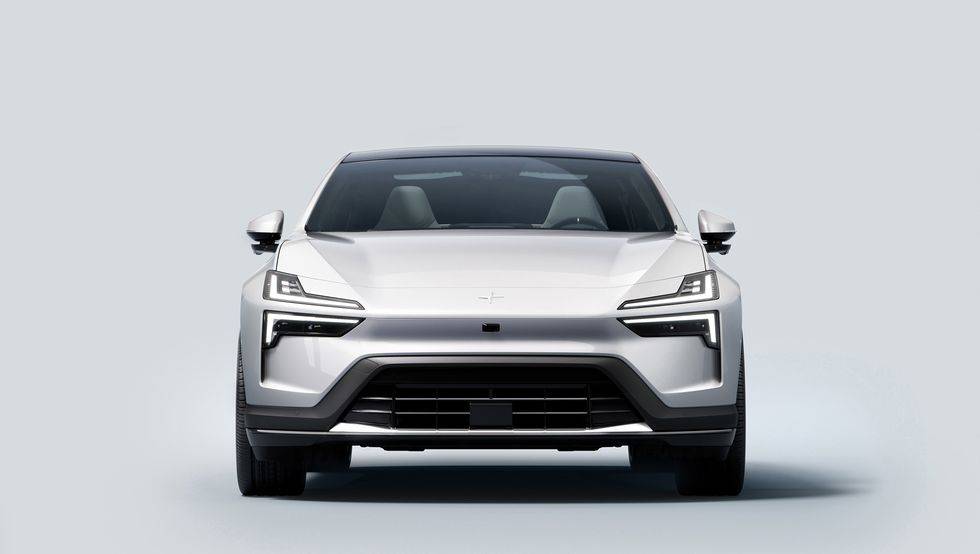
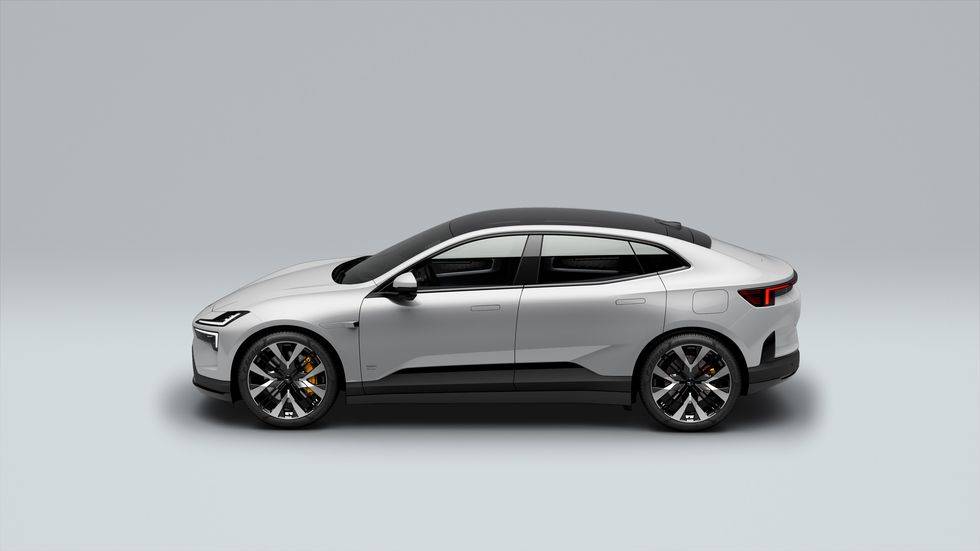
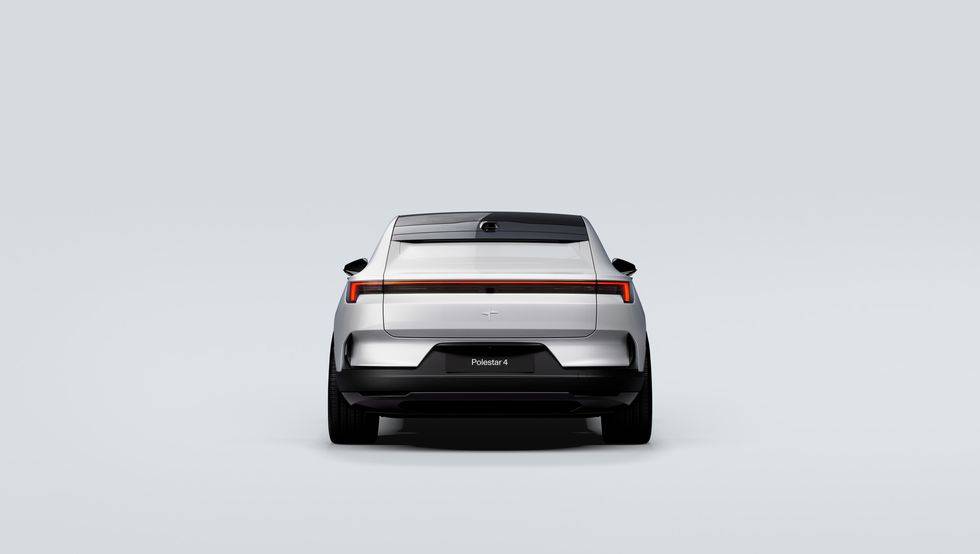
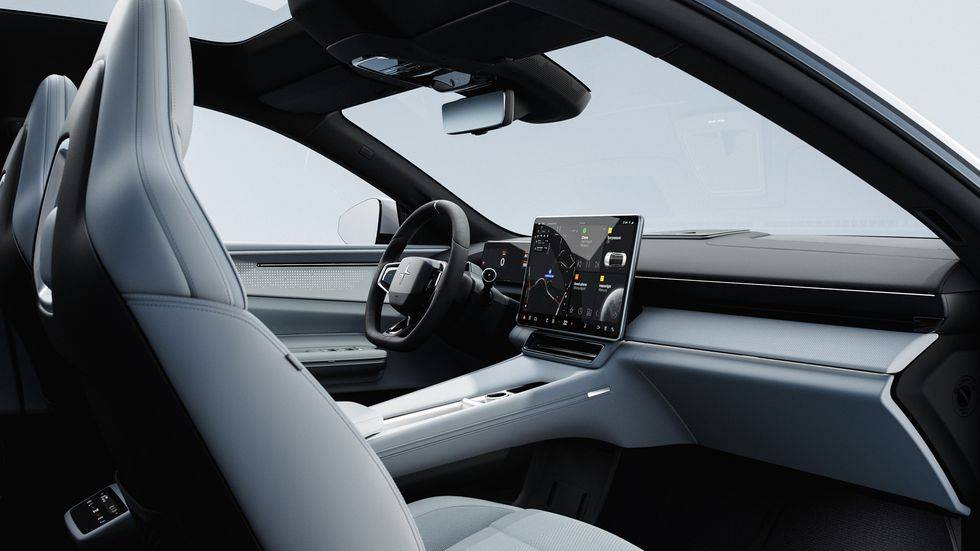
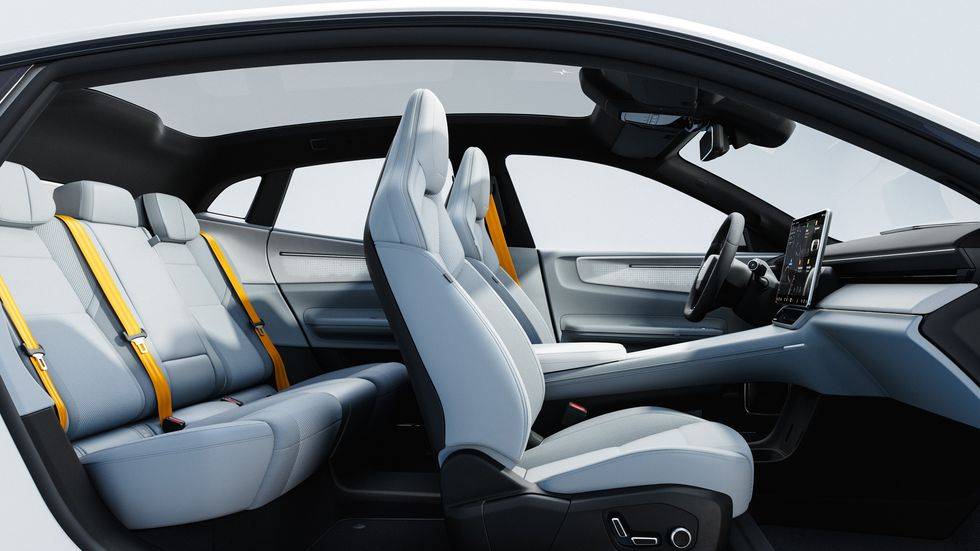
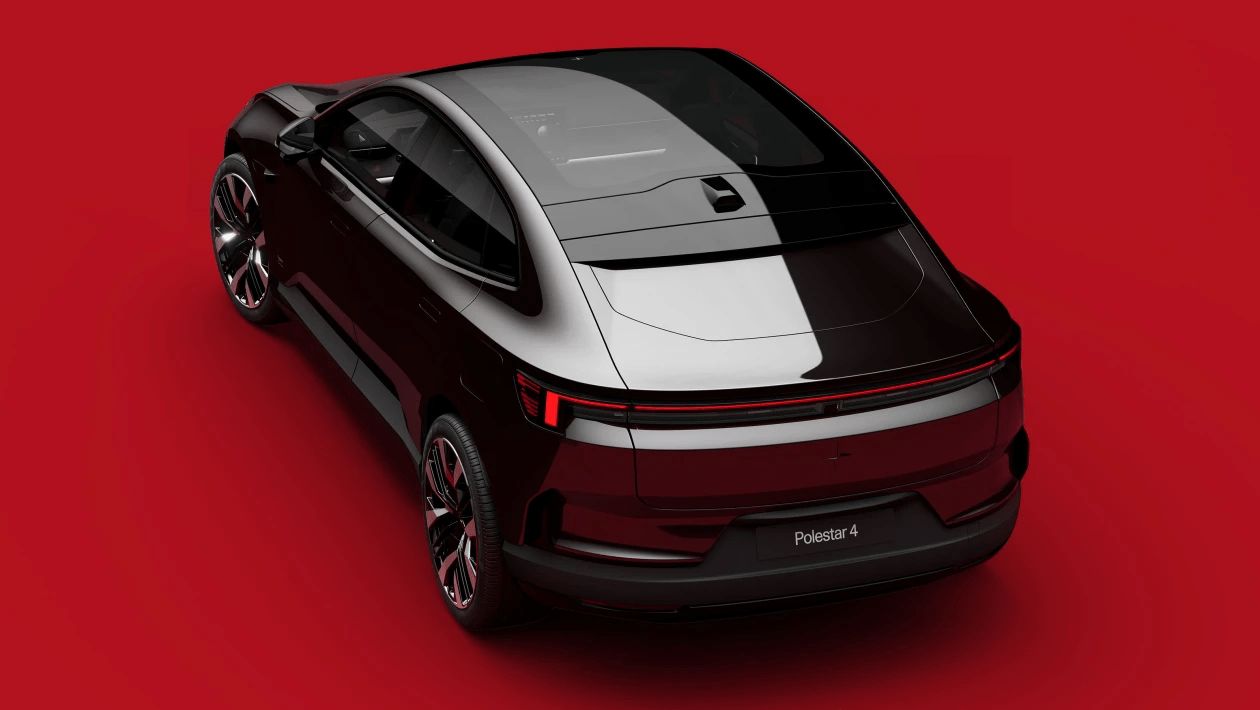
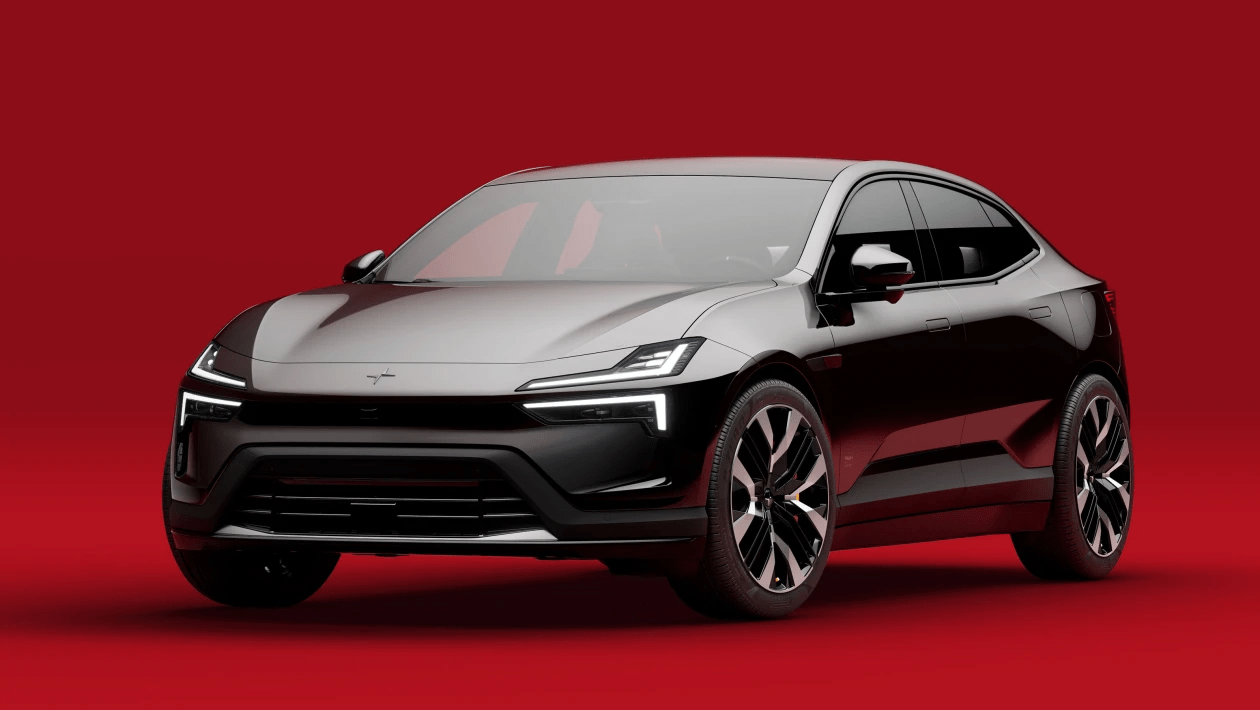
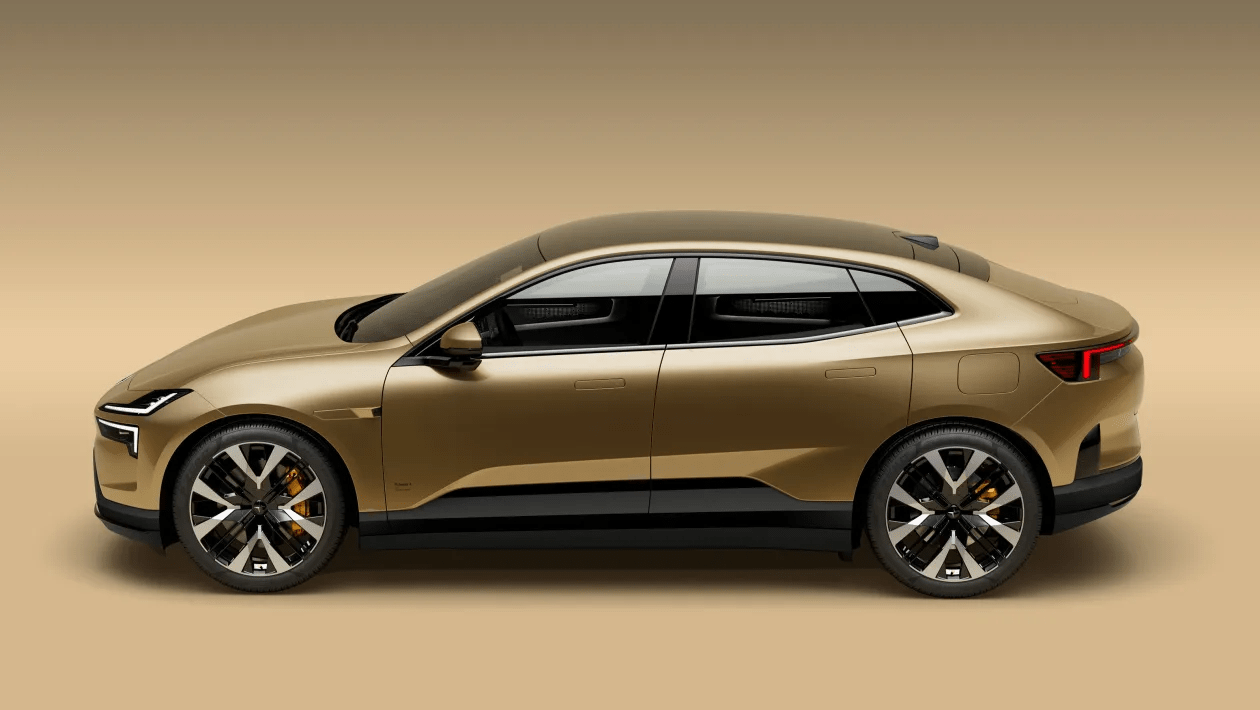
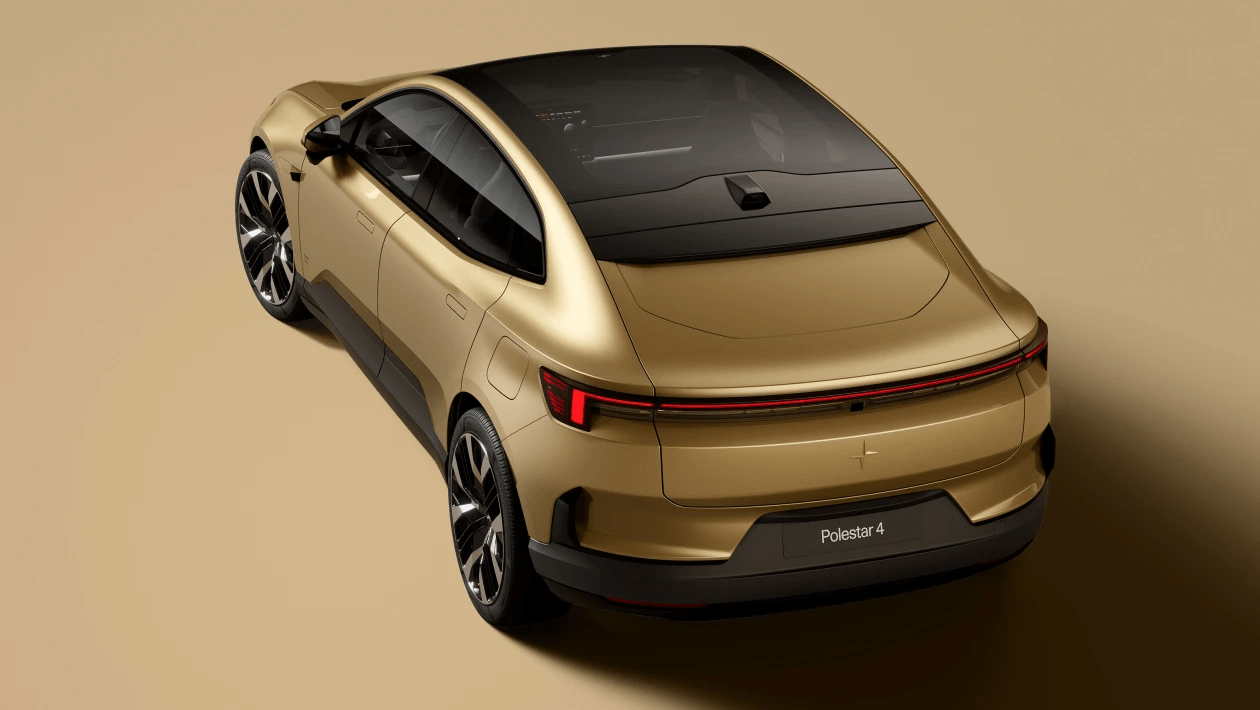
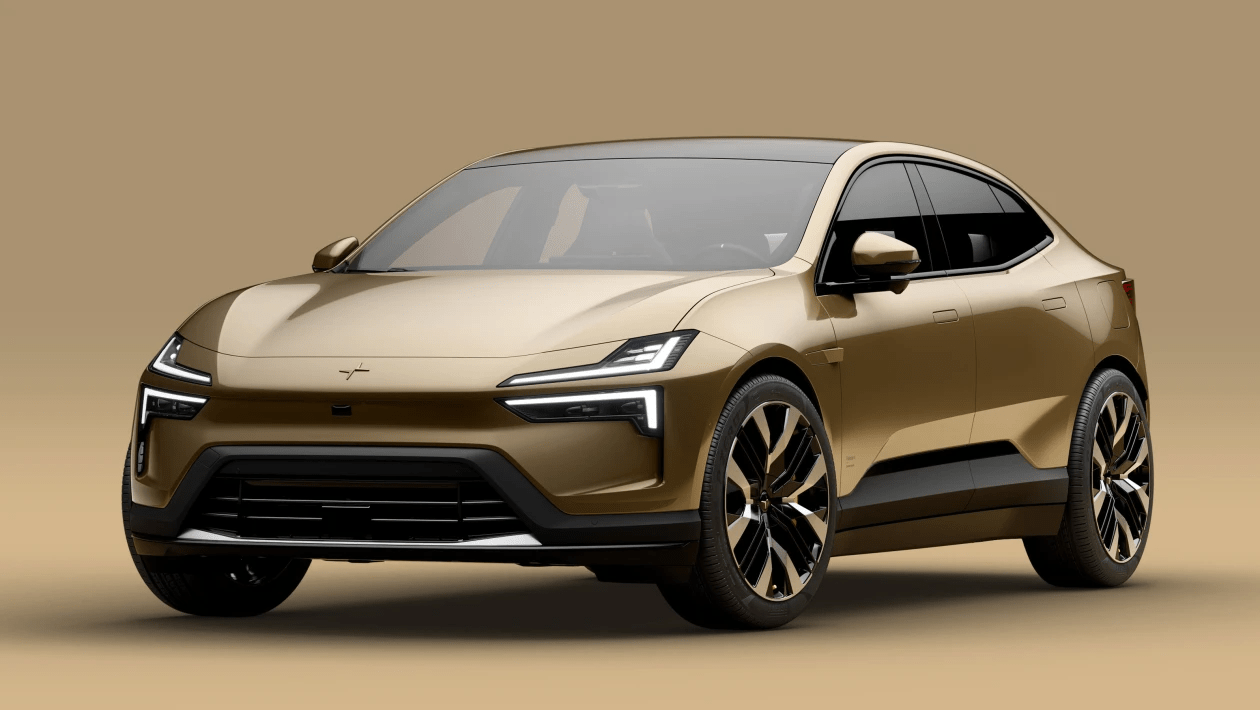

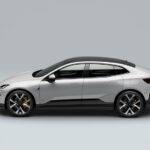

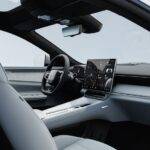
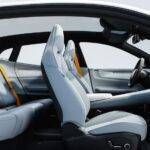
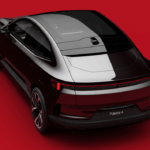
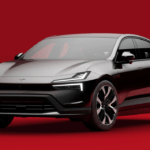
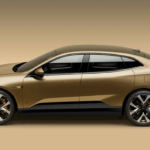
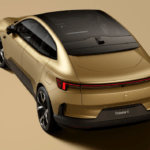


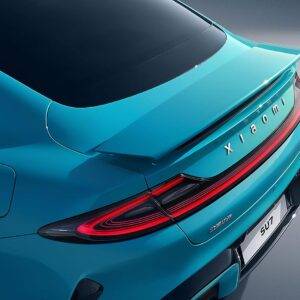
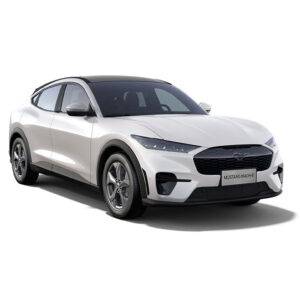
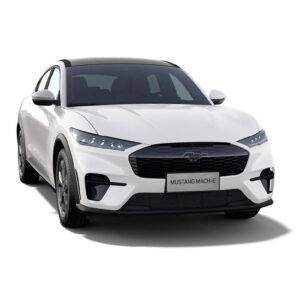



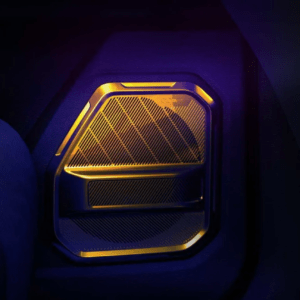


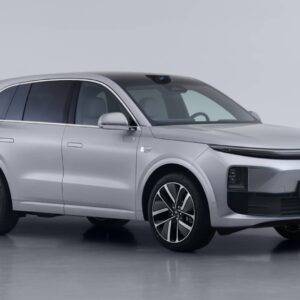
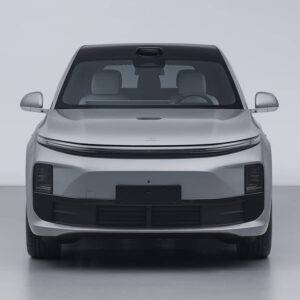
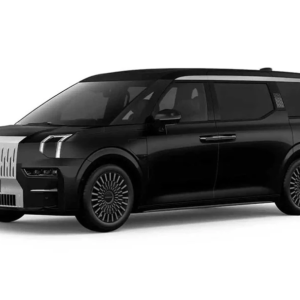
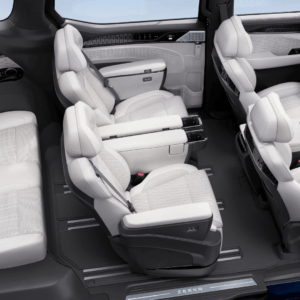
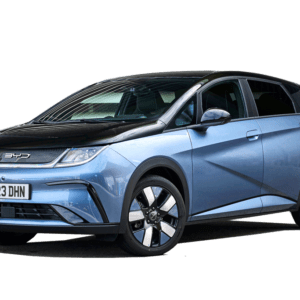
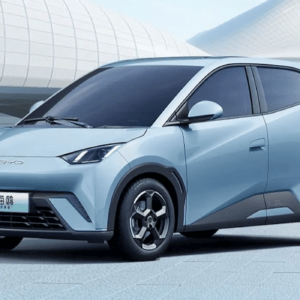
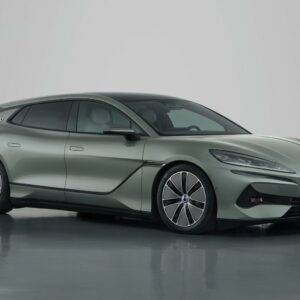
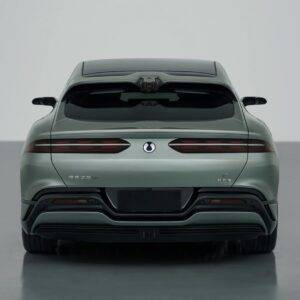






There are no reviews yet.